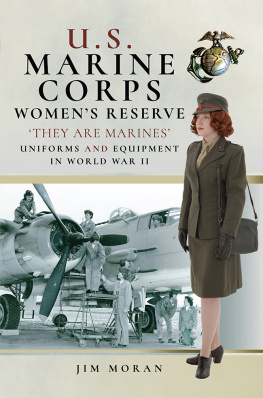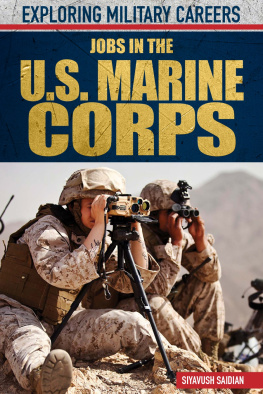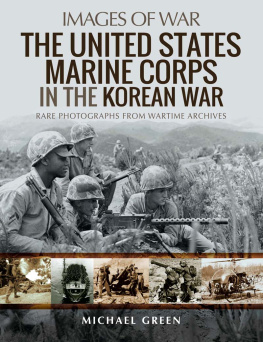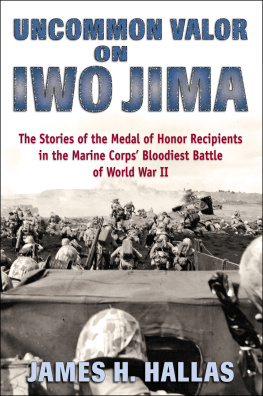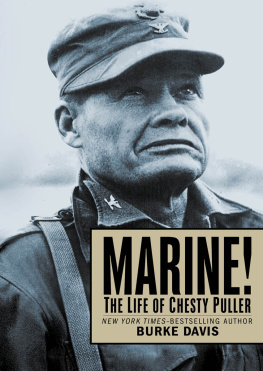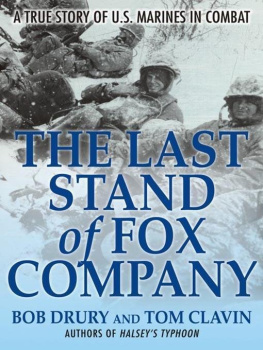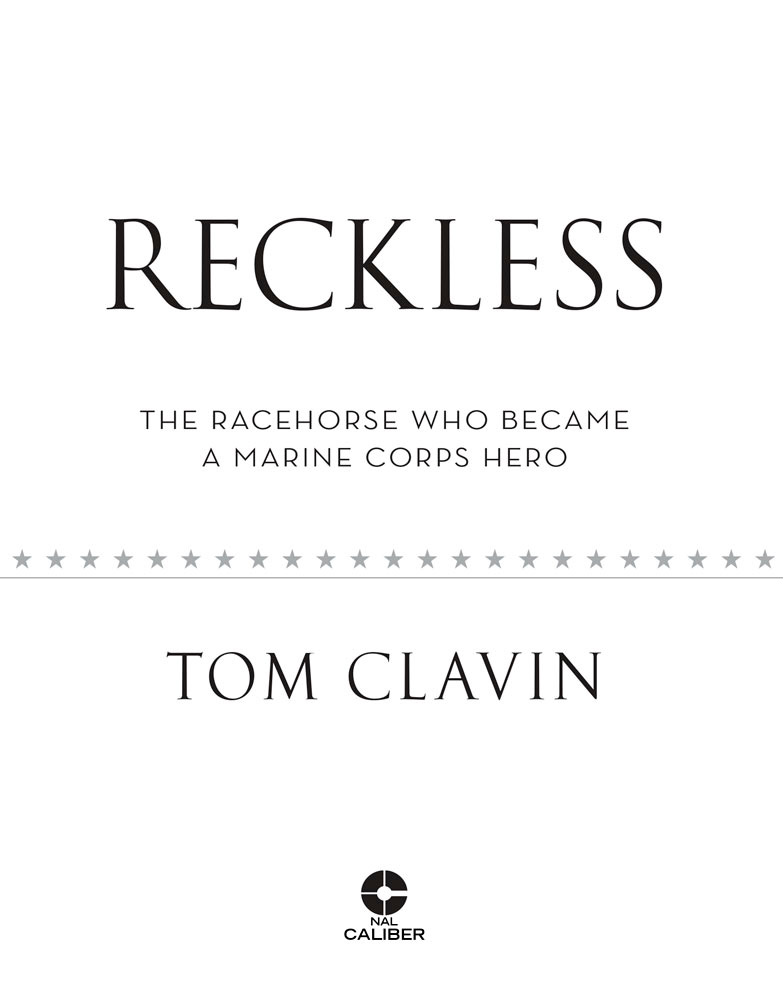NAL Caliber
Published by the Penguin Group
Penguin Group (USA) LLC, 375 Hudson Street,
New York, New York 10014

USA | Canada | UK | Ireland | Australia | New Zealand | India | South Africa | China
penguin.com
A Penguin Random House Company
First published by NAL Caliber, an imprint of New American Library,
a division of Penguin Group (USA) LLC
Copyright Tom Clavin, 2014
Penguin supports copyright. Copyright fuels creativity, encourages diverse voices, promotes free speech, and creates a vibrant culture. Thank you for buying an authorized edition of this book and for complying with copyright laws by not reproducing, scanning, or distributing any part of it in any form without permission. You are supporting writers and allowing Penguin to continue to publish books for every reader.
NAL CALIBER and the C logo are trademarks of Penguin Group (USA) LLC.
LIBRARY OF CONGRESS CATALOGING - I N - PUBLICATION DATA :
Clavin, Thomas.
Reckless: the racehorse who became a Marine Corps hero/Tom Clavin.
p. cm.
Includes bibliographical references.
ISBN 978-0-698-13720-2
1. Sergeant Reckless (Horse), approximately 19481968. 2. Korean War, 19501953Campaigns. 3. WarhorsesUnited StatesHistory20th century. 4. United States. Marine Corps. Marine Regiment, 5thBiography. 5. Korean War, 19501953Artillery operations. 6. WarhorsesKorea (South)History20th century. 7. United States. Marine CorpsHistory20th century. I. Title.
DS919.C53 2014
951.904'2450929dc23 2014011593
PUBLISHER S NOTE
While the author has made every effort to provide accurate telephone numbers and Internet addresses at the time of publication, neither the publisher nor the author assumes any responsibility for errors, or for changes that occur after publication. Further, publisher does not have any control over and does not assume any responsibility for author or third-party Web sites or their content.
Version_1
To Leslie Reingold, who is my champion
Contents
PROLOGUE
August 1952
I t looked to be a routine operation. The main attack would be on Bunker Hill that night, and to distract the Communist forces, units of the 5th Marine Regiment were to assault a hill named Siberia. The 2nd Battalion would lead it, accompanied by tanks and armored vehicles carrying high-powered flamethrowers. Even though his mission was to create a reasonably convincing diversion, Colonel Thomas A. Culhane Jr., the commanding officer of the 5th Marines, wasnt taking any chances: He ordered a platoon from the 5th Anti-Tank Company to be part of it. The Chinese hated the recoilless rifles the platoon brought to the fight, and nothing pleased the colonel more than to make life hot and harrowing for the enemy.
Leading the recoilless rifles gun crews was one of the best officers in the regiment. Second Lieutenant Eric Pedersen had assumed command of the platoon in the spring. He was that increasingly rare animal on the front lines in Korea, a Marine who had seen action in World War II. After two years of replacements, most seasoned veterans from that war were back home safe in the States. Pedersen was soon to turn thirty-two, so he was not a gung-ho youngster, and hed left a wife and two kids back in California. With a string pulled here or there, he could have gotten out of a trip across the Pacific Ocean, or at least have landed a cushy position well back behind the Main Line of Resistancethe series of trenches and defensive works controlled by United Nations forces that spanned the width of Korea near the 38th Parallelwhere there were hot showers, hot meals, and movies with Jane Russell and Lauren Bacall.
But here Pedersen was, about to lead his platoon once more into battle. The lanky lieutenant resembled a professor more than a warrior. A slender, beetle-browed man, he had dark, contemplative eyes anchoring a face containing a full-sized, slightly pointed nose and a small mouth that pursed when he was in the midst of contemplation, such as mulling over the best position to place his guns. The way his large ears protruded from his close-cropped dark hair was a bit comical, but none of his men would dare snicker. Pedersen had seen more combat in two wars than all of them combined. They respected him as the finest kind of Marine platoon leader, an officer who wouldnt let his men take any risks he wouldnt take himself. After only a few months together with him, his men would follow him anywhere.
At dusk on that hot summer day, when even a flicked cigarette raised a cloud of dust, the gun crews and guys carrying ammunition were following Lieutenant Pedersen across the thousand yards that separated the relative safety of the MLR from the preselected positions on the hills that looked out at Siberia. On United Nations maps it was officially Hill 58A, a sentinel overlooking a long draw running down the east sides of Hills 120 and 122, part of the Bunker Hill ridge. Marines were already lying in the rocks across a short valley from Siberia, waiting for the jump-off signal. If the plan the 1st Marine Division staff had put together worked, the attack would cause such a commotion that the Communists would move men and equipment to Siberia from Bunker Hill, and the true assault would take care of those who had remained.
There was enough light left for Lieutenant Pedersen to have a good view of Siberia through his binoculars. He spaced his three gun crews well enough apart from each other that one hit from a mortar or artillery shell wouldnt knock them all out. His gunnery sergeant, Joe Latham, another World War II combat veteran, went from one recoilless rifle to the next and back again, making sure they were secure on their tripods and that the tripods were dug solidly in the hard earth between the rocks of the hill. He wouldnt allow any cowboys firing the gun while standing. It could be done, but the force of the back blast would send any normal Marine flying off the cliff. Well, there was Corporal Monroe Coleman, the strongest man in the outfithe could possibly fire a recoilless rifle held in both arms, but having the weapon locked tight into a tripod best ensured accuracy.
Beside each gun was a pile of 75-mm shells, each one in a cardboard sleeve. Each recoilless rifle, at more than 100 pounds and almost seven feet long, was tough enough to haul up the hills on every mission the platoon undertook, but those shells weighed 24 pounds each and were an unwieldy two feet longmeaning that a Marine could carry just two of them, one on each shoulder. Coleman, a tall and sturdy young man from Utah, was the only one who could do three, the third shell resting on the back of his neck, wedged between the other two shells. Lieutenant Pedersen had already sent men, including Coleman, back down to the forward ammunition depot for more shells. Getting caught short at the wrong time could mean dead Marines in the valley below.
Pedersen, his lips pursed, watched as the tanks and armored vehicles rolled out, the units of the 5th Regiment in their wake. Seconds later he heard the shrieks of artillery shells streaking overhead, and moments after that clouds of smoke and dirt mushroomed out of the sides of Siberia where the shells struck. The tiny figures of Marines closed in, firing their carbines and BARs as they ran toward the target. Pedersen gave the command and his gun crews joined in, the thrusting back blasts of the recoilless rifles spewing smoke and stones across the flat table of their position. It may have been only a diversionary assault, but it was a damn good show.




